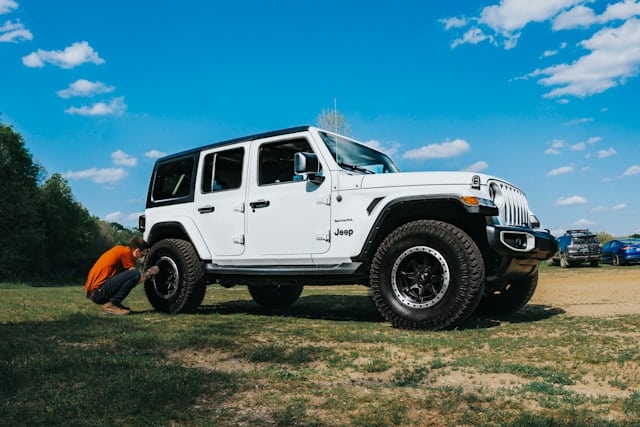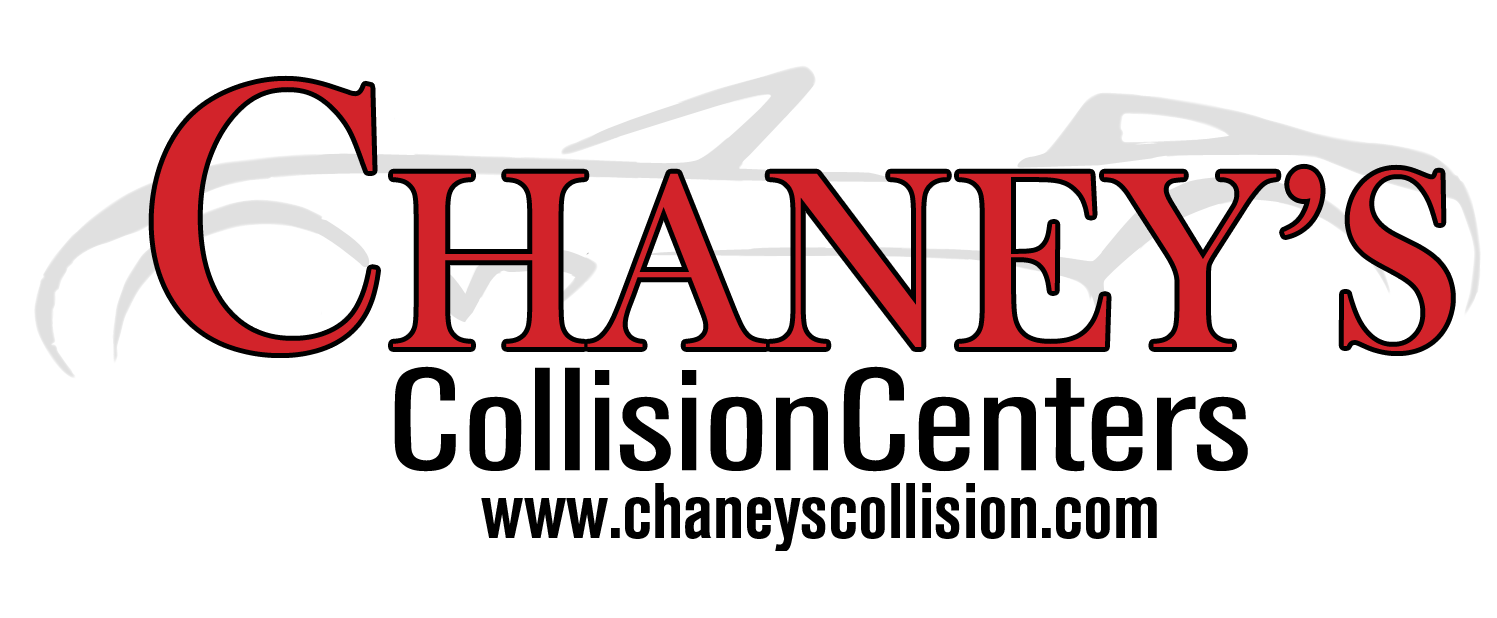What to Expect in the Post-Repair Inspection Process
 After a vehicle undergoes collision repairs, ensuring the work meets quality and safety standards is essential. A thorough post-repair inspection helps verify that all repairs have been completed correctly and that the vehicle is safe to drive. Understanding this process allows car owners to identify potential issues before leaving the repair facility. This article explores the key steps involved in a post-repair inspection and what to check before accepting the vehicle.
After a vehicle undergoes collision repairs, ensuring the work meets quality and safety standards is essential. A thorough post-repair inspection helps verify that all repairs have been completed correctly and that the vehicle is safe to drive. Understanding this process allows car owners to identify potential issues before leaving the repair facility. This article explores the key steps involved in a post-repair inspection and what to check before accepting the vehicle.
Reviewing the Exterior
Checking Paint and Finish
Examining the paint job ensures that it matches the original color and has been applied smoothly. Any signs of overspray, uneven texture, or mismatched shades could indicate poor workmanship. Light reflection across the surface should appear consistent without any noticeable imperfections.
Inspecting Panel Alignment
Repaired or replaced panels must align correctly with the surrounding bodywork. Gaps should be uniform, and doors, hoods, and trunks should close securely. Misaligned panels may suggest incomplete or rushed work that could lead to future issues.
Looking for Surface Defects
Small dents, scratches, or sanding marks should not be visible after proper refinishing. Running a hand over the repaired area helps detect inconsistencies that may not be obvious at first glance. Ensuring smooth, flawless surfaces prevents further corrective work later.
Evaluating Mechanical Components
Testing Lights and Electrical Systems
Electrical systems may have been affected after a collision. Turning on headlights, brake lights, turn signals, and hazard indicators confirms that everything functions as expected. Interior features such as power windows, locks, and dashboard controls should also be tested.
Examining Suspension and Steering
Damage from an accident can impact alignment and suspension components. A short test drive helps identify pulling to one side, unusual vibrations, or instability while steering. If any of these symptoms occur, adjustments may be required before the vehicle is accepted.
Checking Under the Hood
Even if visible damage was minimal, internal components should be inspected for leaks, loose connections, or missing fasteners. Ensuring that hoses, belts, and fluid levels are in proper condition helps prevent unexpected breakdowns.
Verifying Safety Features
Ensuring Airbag Readiness
Airbags must be fully functional after any repairs to the front-end structure or impact sensors. Dashboard warning lights should turn off after starting the car. Persistent airbag or check-engine lights may indicate unresolved safety concerns.
Confirming Seatbelt Functionality
Seatbelts should retract and lock properly when suddenly moved. Any hesitation or slack in the belt system could mean that the mechanism was not replaced or reset correctly. This check is critical for ensuring safety in future driving conditions.
Testing Brakes and Tires
Brake performance should feel firm without any sponginess or excessive noise. Uneven braking, strange sounds, or pulling to one side can signal unresolved mechanical issues. Tires should also be checked for proper pressure and wear patterns.
Conclusion
A detailed post-repair inspection ensures that all work has been completed correctly and that the vehicle is safe to drive. Checking exterior finishes, mechanical components, and safety features helps prevent future complications. Reviewing these areas before leaving the shop provides peace of mind and ensures that repairs meet expected quality standards.

